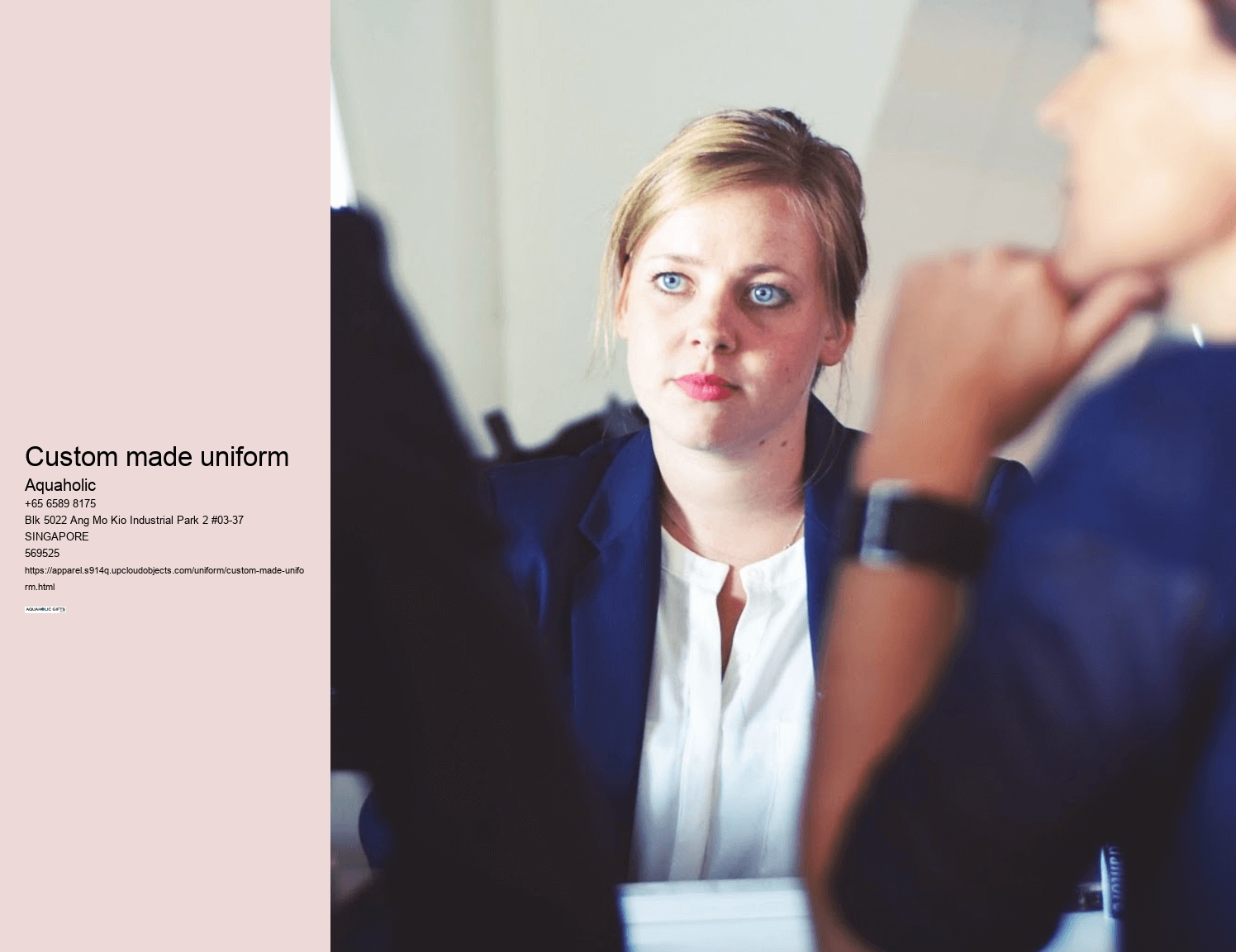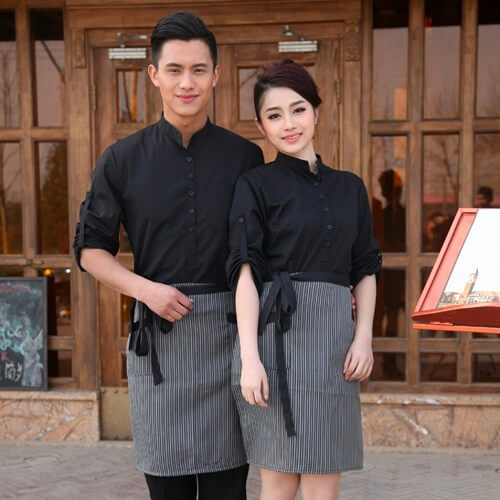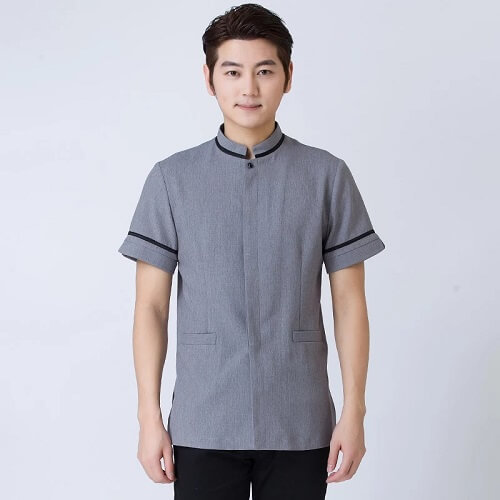
Fabric is the sea upon which the ship of your logo sails. Sleek fonts, vibrant colors, and strategic positioning are key players in this game. A good fabric will provide ease of movement, increases confidence and boosts productivity in the workplace. The ability to allow for small adjustments could help wearers experience an identity while still adhering to the uniform code.
When it comes to uniforms, customization not only breathes in a whiff of uniqueness but also fosters a sense of belonging and identity among team members or employees. In the journey of logo integration as well as durability and comfort are the unspoken heroes.
But wait, what exactly sails the ship of uniform customization? Why? because it's breathable, strong and has a sleek style that matches the corporate world to a T.
The main objective is to create uniforms that the wearer feels comfortable in, and enables them to carry out their duties effortlessly and with confidence.
Wool is a great fabric for it! Placing your logo to the chest puts it in the center of the public's attention. Before embarking on this journey, the ship of design must be sturdy and steadfast. Knowing the physical demands of the job is crucial to ensure the design of uniform.
Why you have to settle for the same fabric when you could make a blend? However, remember that not all heroes wear a cape Sometimes, they need careful care, such as the proper ironing and maintenance.
They must support your feet as a lot of people spend the majority of the day sitting or moving. Who says uniforms have to be bland and boring?
The simpler the maintenance is, the more likely that the uniform will last in look and feel over time.

It's more than just creating an appearance by incorporating elements that provide all-day comfort. Uniforms aren't just clothes but are also canvasses which depict the story of an organization. Let’s unfold the mystery of choosing the right fabric that aligns with various professional environments and weather conditions. Ensuring that uniforms are available in various sizes and fits is crucial.
The color selection will affect the comfort that the garment is wearing, particularly when it is exposed to various weather conditions. Playing with patterns and styles can add a zing of fashion, making the wearers feel like they’re walking the ramp!
This can take the form of accessories or minor variations in the design elements. Wool is a great fabric for it!
Embroidering or printing names on uniforms isn’t merely a functional aspect; it’s an art.
Imagine you are wrapped in warmth during the harsh winter months. Ergonomics assures the user that design is able to meet the physical demands of the wearer which improves the comfort and efficiency of employees. It’s about setting sail with a sturdy design, navigating through the choices of size, placement, and material, and anchoring your brand’s identity firmly in the minds of customers. Get it right and your path to branding will be smooth and steady.
The logo shouldn't just consist of color and fonts, it must be a beacon that directs customers to your company by expressing its philosophy and distinctiveness. The design should be flexible to ensure that wearers feel comfortable even in the most extreme environment conditions.
Take into consideration the climate and environmental conditions in which the uniform is to be used. How do you want the names to appear?
In a world where first impressions count, uniforms play a pivotal role in showcasing a brand’s identity.

It’s about achieving a symphony where both elements sing together in a chorus of brand expression. Perhaps a poly-cotton blend for toughness? Will the wearers be exposed to the hot sun, or will they be nestled in an air-conditioned office? We must not forget our feet!
Incorporating a logo into a uniform is an art and a voyage. Perhaps a blend of poly-cotton for toughness?
Polyester isn't prone to wrinkle and it mimics the characteristics of wool and cotton and wool, allowing for flexibility. Innovative thinking is the key that guides towards new frontiers.
A uniform should allow it to breath, wick sweat and last long enough to stand up to wear and wear and tear.
Fabric is the ocean upon which the vessel of your logo is sailing. The addition of a little flair and the latest fashion trends into uniforms will make them more appealing. Customizing uniforms ethically involves considerations like sustainable materials and fair labor practices. Why walk the extra mile to customize uniforms?
Before embarking on this journey the design vessel must be strong and stable. Should it be loose fitting, or should it be an elongated fit?
Colors guide emotions, while fonts guide perceptions. Size of the emblem on the uniform is a critical choice, similar to selecting the size of sails for your vessel.
Be sure to be aware of their breathability as well as the way they react to different temperatures prior to making a decision.
Patches and badges can be powerful symbols of achievement, recognition, or affiliation. Cotton adapts well to various climates, keeping you cool during scorching summer days and acting as a decent insulator during the winter. Ergonomics makes sure that design meets the body's needs to improve efficiency and comfort. Anchoring your logo on the chest is like positioning it at the heart of visibility.
They are a second skin that could help or hinder performance. Be aware that when you're trying to find the perfect aesthetic, function should not be neglected.
The choice of buttons and zippers might seem trivial, but they carry the weight of style and convenience. When you master these techniques, your company will glide effortlessly on the waters of recognition and visibility.
Different fabrics echo different levels of formality.

Businesses can source company uniform from specialized uniform suppliers, local manufacturers, or explore options online. They should choose vendors experienced in corporate branding and uniform design.